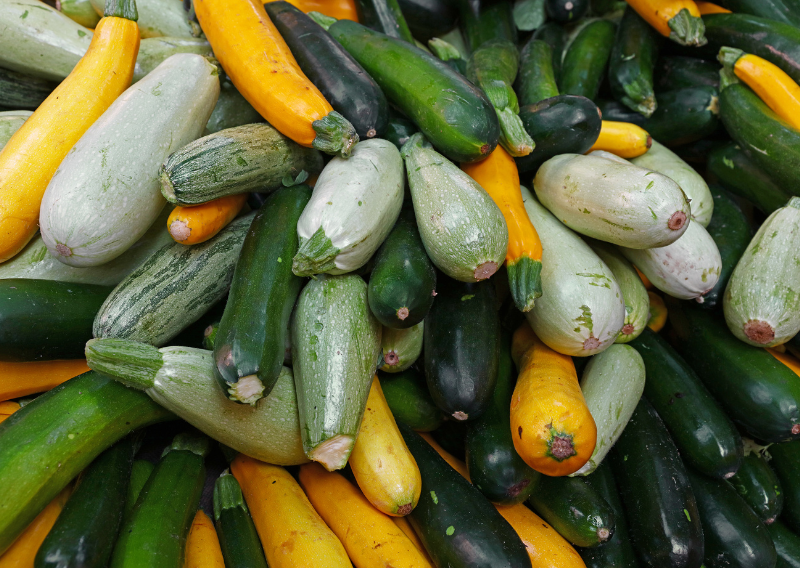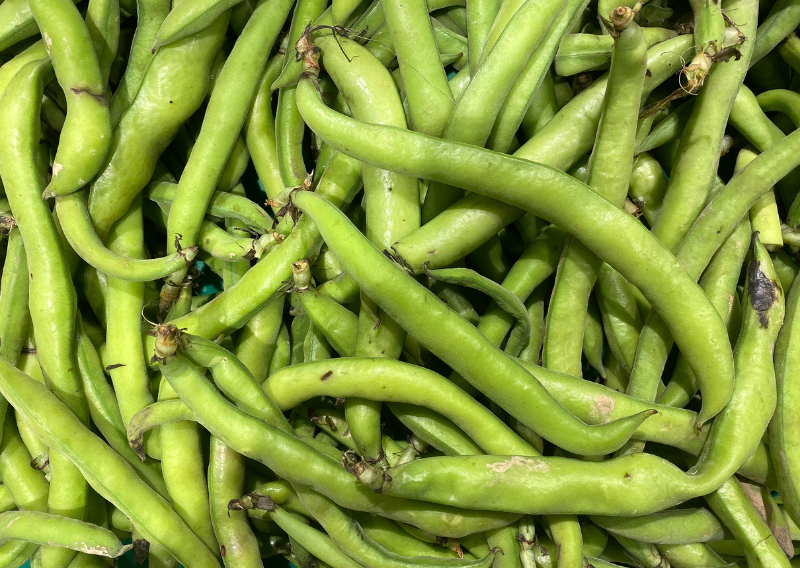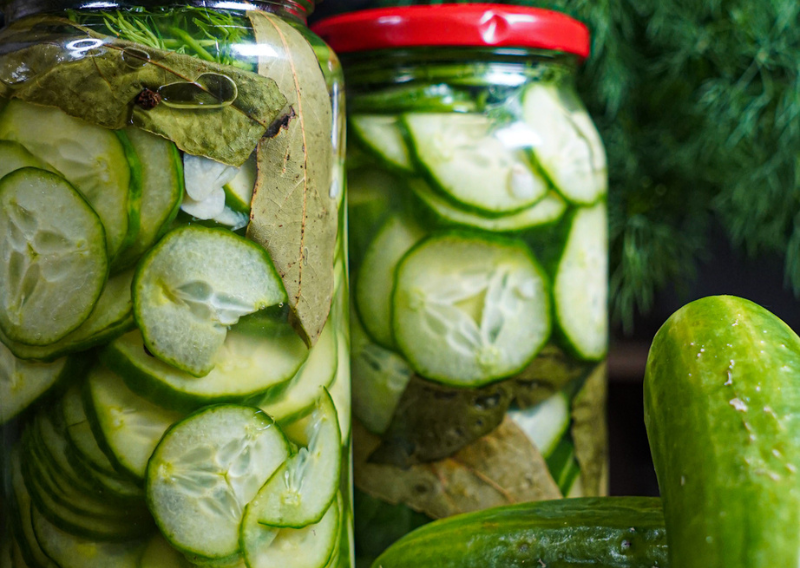
How To Grow Organic Berries: A Step-by-Step Guide
There’s magic nestled within raspberries and blackberries, a secret that not everyone knows. These aggregate fruits, so plump and inviting, are actually composed of dozens of tiny fruits growing in harmony. Each of these adorable little bumps, or ‘drupletes’, owes its existence to a diligent bee landing on the berry flower, time and time again.
There is no question that these organic berries are nutritious and delicious. We love eating them fresh and it’s also great when you make them jam and smoothies that are perfect for the warm weather. You can also store your berries in the fridge and you can always preserve them for a longer shelf life by dehydrating them or freezing them (check out this blog to learn more).
These berries also pack a punch when it comes to health benefits. So, let’s take a minute to appreciate why raspberries and blackberries deserve a prime spot in your garden and your diet.
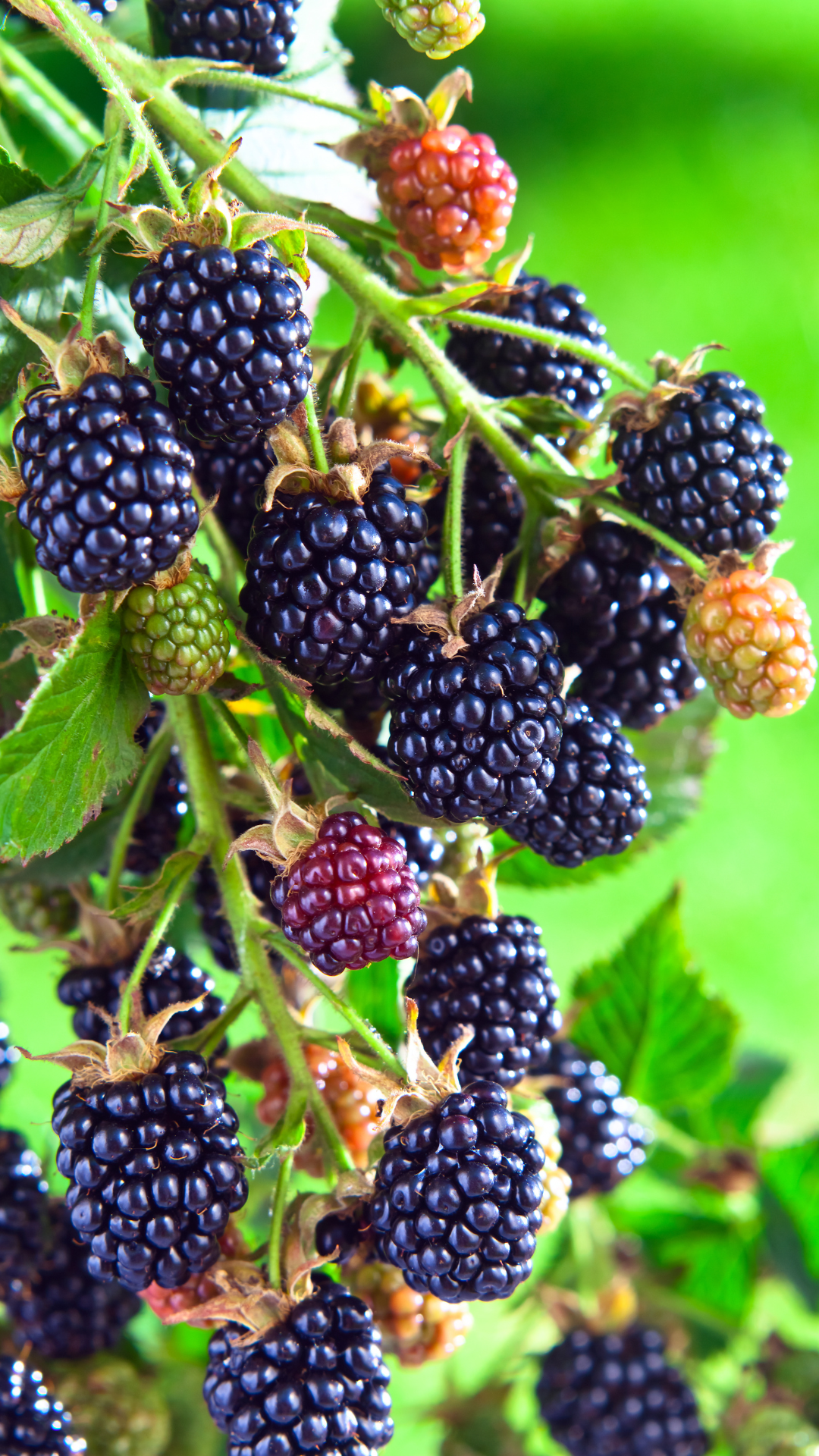
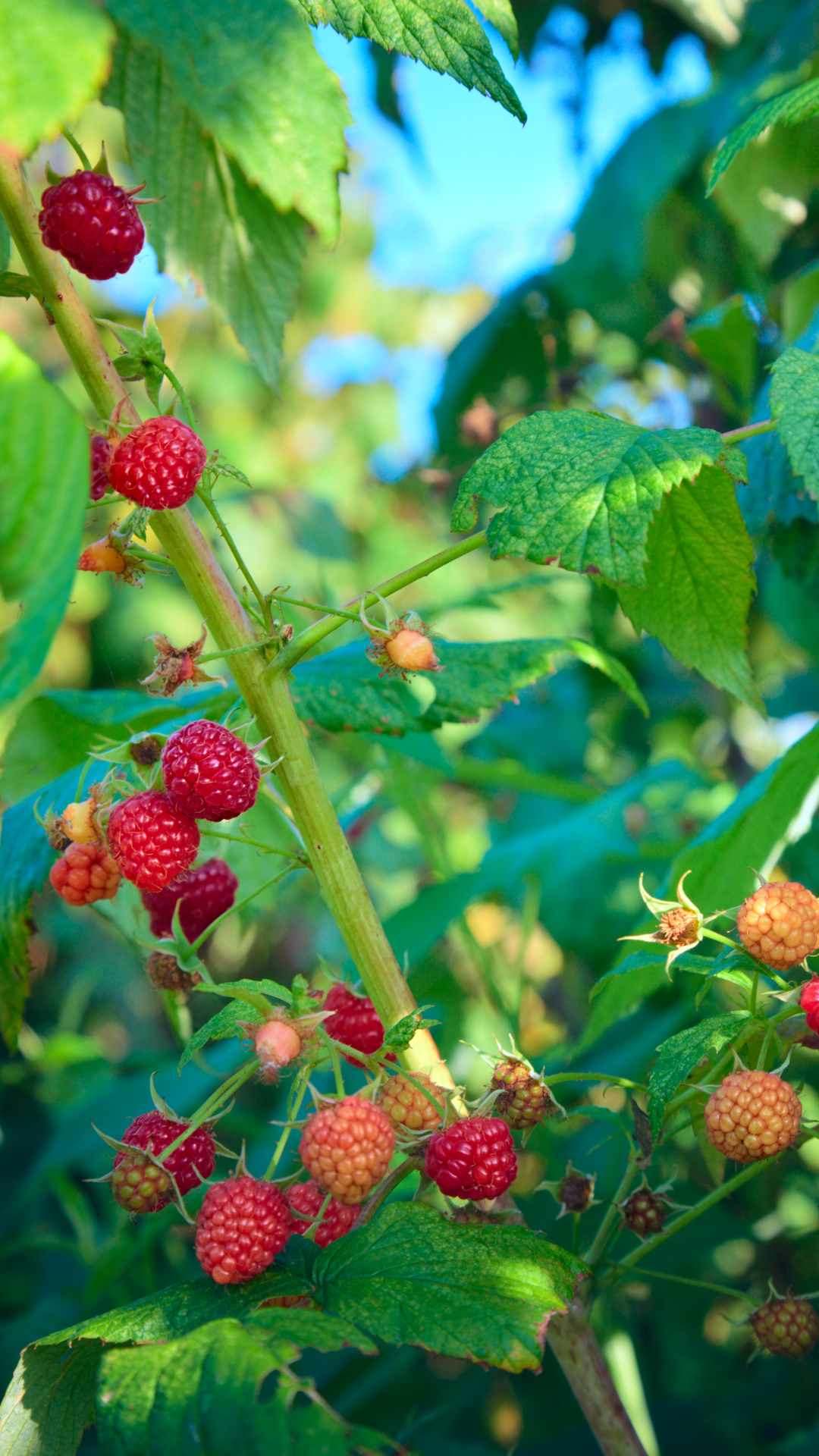
Raspberries and Blackberries: A Symphony of Health Benefits
Before we get our gardening gloves on and start planting, let’s take a look at the rewards these berries offer. These delightful fruits aren’t just a treat for your taste buds. They’re nutrient powerhouses, teeming with essential nutrients like antioxidants, vitamins C and K, dietary fiber, and manganese. These all play critical roles in promoting overall health, providing digestive support, and even aiding in weight management.
What’s more, research indicates that these juicy berries could even help mitigate the risk of chronic diseases, including heart disease and cancer. So they’re not just tasty, they’re amazing for your health!
Growing Organic Raspberries
Raspberries are wonderfully accommodating plants. They’re relatively easy to grow and can flourish in a variety of climates. To kickstart your journey as a raspberry grower, find a sunny spot in your garden with well-drained soil. The best time to plant raspberry bushes is in early spring, ideally spaced about 2-3 feet apart.
Don’t forget to enrich the soil with organic matter, as long as they mulch, water, and compost are fine. Regular watering, particularly during dry spells, and mulching around the base of the plants will help retain moisture and keep pesky weeds at bay.
Growing Organic Blackberries
Much like their raspberry cousins, blackberries are a joy to grow. They thrive under full sun and in well-drained soil. The optimal time to plant blackberry bushes is in early spring or late fall, with each bush requiring about 3-5 feet of space.
A little pruning goes a long way in promoting air circulation and fruit production. Deep, but infrequent, watering works best for these plants. And just like raspberries, mulching around the base will help maintain soil moisture and control weeds.
The Berry Best of Gardening
Growing organic berries like raspberries and blackberries isn’t just a hobby, it’s an experience – rewarding, nutritious, and delicious. These fruits are more than just a treat for your senses; they’re a treasure trove of nutrients.
By following these simple gardening tips, you can look forward to a bountiful harvest of organic berries right in your own backyard. Try planting them, and get ready to taste the literal fruits of your labor.
Happy growing!

